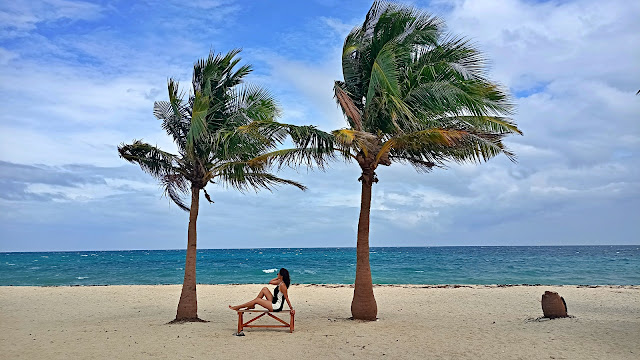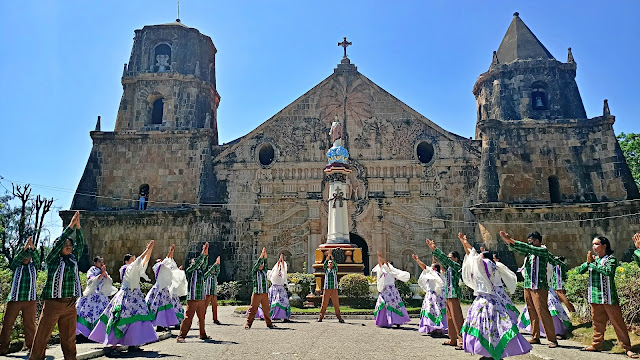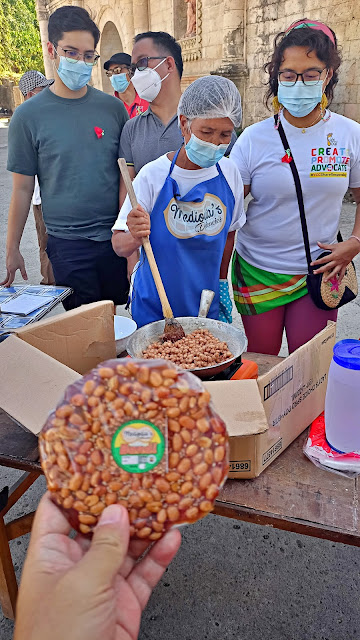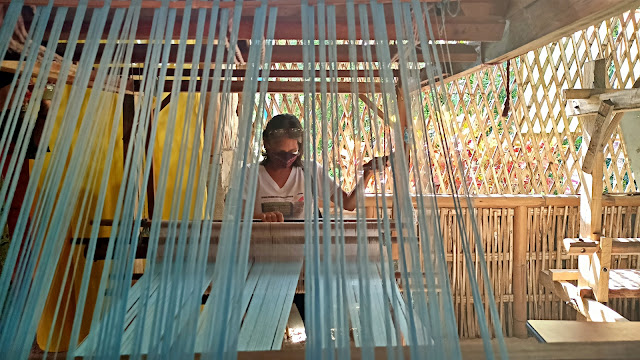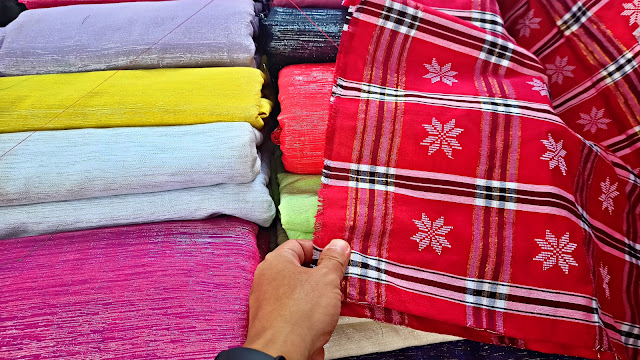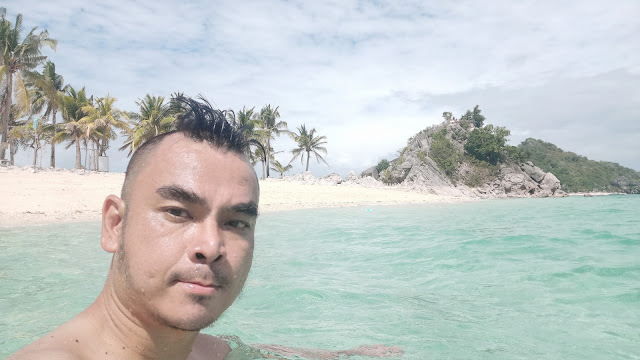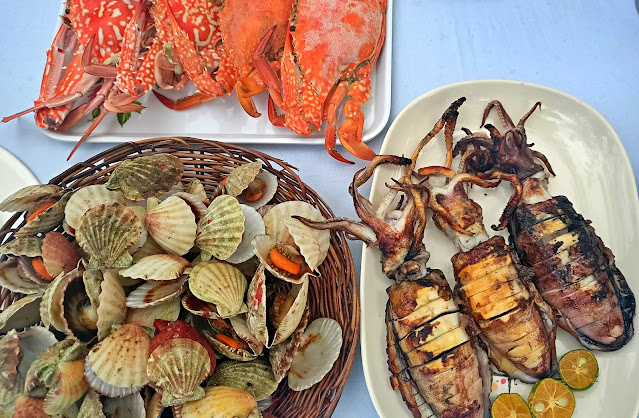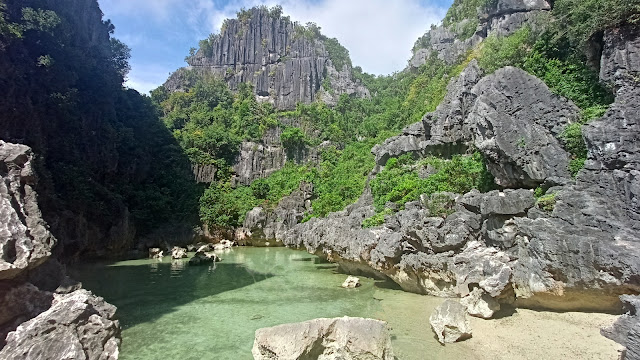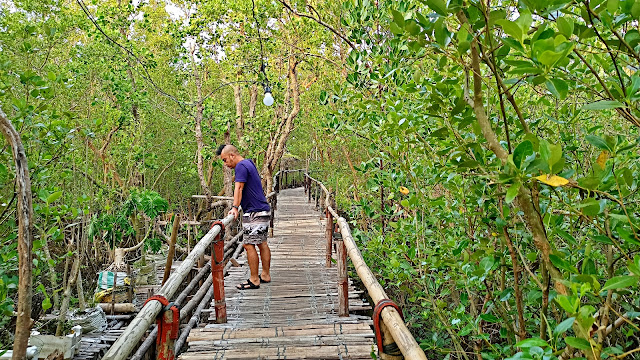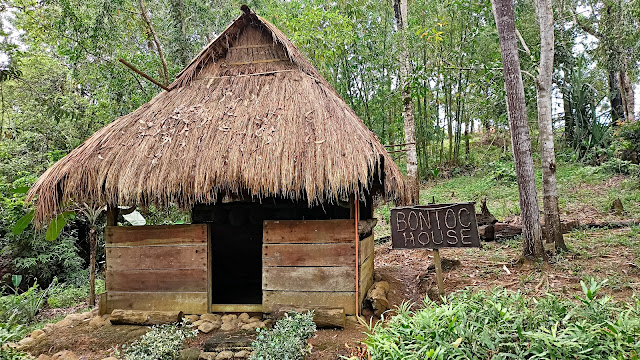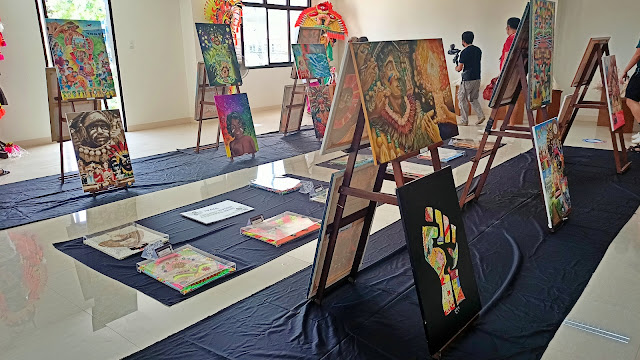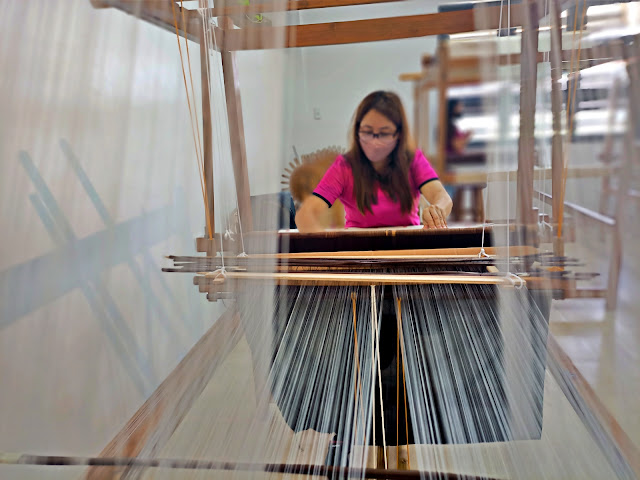The triangular-shaped island of Panay has gifted me with countless memorable travel experiences. Covering four provinces: Iloilo, Capiz, Aklan and Antique, it has taken up a large chunk of space in my memory vault. Despite that, I remain keen at the idea of returning to the island and when the Tourism Promotions Board of the Philippines (TPB) invited me to join a media tour, I immediately said "Yes".
For almost a week, I rekindled my love for Panay Island by returning to a few places I've been to before and learning about new places I've never heard of before. To sum it up, our cultural and great outdoor discovery tour of the island has given me the best of both worlds: of renewing my fondness and learning more about Panay Island.
Iloilo
Because I’ve been to the city of Iloilo several times, it was fine with me when I learn that we’re only going to spend a couple of days here (one in isolation as we await the result of our Covid-19 test) since I’ve already explored much of the city. Other reasons to visit the “City of Love” includes witnessing the Dinagyang Festival, going on a culinary adventure, doing a Visita Iglesia from the city to other towns in the province just to state a few. Here are the places we visited in Iloilo province.
Iloilo
River Esplanade
Seen as a benchmark for river rehabilitation in the Philippines, Iloilo River is now long removed from its biologically dead status more than a decade ago, thanks to a rehabilitation program that went full swing in 2010.
Currently, the esplanade stretches a little over 9 kilometers with esplanade 10 undergoing construction. The morning after getting my negative RT-PCR test, I decided to go out on a short jog along the river esplanade.
Miag-ao
Church
Built by the Augustinians in 1786, this Baroque church features tropical designs, Muslim, Chinese architecture, and even medieval Spanish architecture.
Declared as a National Shrine in 1973, Miag-ao Church (Santo Tomás de Villanueva Parish Church) was inscribed as a UNESCO World Heritage Site (as part of the collective Baroque Churches of the Philippines) in 1993. One of its many interesting design elements is its facade's bas-relief showing St. Christopher carrying Baby Jesus on a coconut tree.
San
Joaquin Church and Bandi Cooking Demo
After our brief stop at Miag-ao Church, we proceeded to the town of San Joaquin where another old church stands uniquely apart from most Spanish-built churches in the Philippines.
Built in 1869, the church's facade features an intricate sculptured relief that distinctively portrays a non-religious event — the 1860 Battle of Tetuan where the Spanish defeated the Moors. On our way here, we stopped momentarily at San Joaquin Cemetery, an 1892 burial ground highlighted by a Baroque-designed mortuary and chapel constructed as the cemetery’s centerpiece.
Outside the church, some local women showed us a demonstration of how to cook one of Iloilo's famous sweet snack which is the Bandi, a sweet made of sugar-caramelized peanuts
Hablon
Weavers of Salngan
"Hablon", which came from the Hiligaynon word "habol" meaning "to weave", is a hand-woven fabric made by the women of Panay for more than a century. However, in the town of Salngan in Oton, Iloilo, this weaving tradition skipped a few generations. It was only until in the late 2000s when this weaving practice made a renaissance after the LGU traced the problem of malnutrition in the children population to mothers spending more time trading farm produce in the market.
A cooperative was set up to encourage mothers to find a livelihood near their home. It was then they decided to resurrect their tradition of 'hablon' weaving. Thus, born the 'weave from home' livelihood of the community mothers. The initiative hit two birds with one stone; first it solved the malnourishment problem and second, it reintroduced a living tradition.
Since then, the community started fielding orders from all over the country. They used to create and supply the 'sablay' used in UP's graduation rites until it ceased during the pandemic.
The pandemic really hit the community weavers hard. Market demand went down. Today's almost 35 women hablon weavers can only pray for a future as colorful as their creations.
Balay
Kape Nagpana
Balay Kape Nagpana is a seed-to-cup coffee farm and cafe run by members of the Ati community in barangay Nagpana, Barotac Viejo, Iloilo through the funding and training of an NGO group Taytay Sa Kauswagan (TSKI) and the DOST. The Ati women of Nagpana carefully handpicks the coffee beans and roast them to produce an aroma blend of Robusta coffee beans. Kape Nagpana also processes and sells Kape Miro. Miro is a Hiligaynon term for Asian Palm Civet usually found in the mountains on this part of Iloilo province. More prevalent in the lush forest surrounding Sitio Nagpana, they normally feast on coffee cherries, pulpy fruits and wild berries.
Before we tasted their coffee, several Ati women greeted us with a welcome dance and a song about the history of their community
Gigantes
Islands and Tangke Lagoon
We docked at the white powdery shore of Cabugao Gamay — the most visited island in the Islas de Gigantes chain — just before lunchtime. As soon as the table was set-up for our lunch, the sunny skies quickly disappeared, and it pulled in dark clouds that showered us with a heavy downpour. Running for cover with each of us carrying a casserole and plateful of seafood dish, the sky as if playing a trick on us, immediately cleared up revealing back the sunshine we arrived into.
After feasting on the freshest seafood catch of prawns, giant crabs, grilled fish and squid plus of course, platefuls of 1-peso scallops, I hurried myself atop this hill in Cabugao Gamay, the most popular island in Gigantes Islands, to enjoy the cool breeze and the stunning scenery
Afterward, I plunged into the island's refreshing warm waters. Being here the second time never gets old. I spent the remaining hour of our stay here practicing my breathe hold in the crystal clear waters of Cabugao Gamay.
Tangke Lagoon is a natural saltwater pool enclosed by the towering jagged cliffs of Isla de Gigantes Sur in Carles, Iloilo. Since you must dock your boat beside a razor-sharp cliff passageway, you need a favorable wind direction, manageable current, and just enough tidal level to get inside.
On my first trip to Gigantes in 2017, we were unable to go here due to the strong waves. Fortunately, the conditions were just right this time for us to enter the lagoon.
Where to stay in Carles, Iloilo as the jump-off base for your Gigantes Islands hopping tour? check out Solina Beach.
Terra
Verde Heritage Farm (Ajuy)
Taking the baton from the old Hacienda San Antonio, the modern-day Terra Verde retains the heritage vibe of this old muscovado mill by incorporating the remnants of its old form as a sugar cane plantation. Today, visitors can not only enjoy the clean breeze of air and the wide green open space, but also learn about its history.
 |
| The old "Simboryo", a smokestack where sugar cane juice is cooked into muscovado sugar. |
Utilizing modern and traditional farming practices, Terra Verde serves farm to table food like cassava custard, buko pie, coconut candy balls to go along with other local Visayan dish — with ingredients sourced within the farm.
Silagon
Mangrove Eco-Park
Another mangrove forest can be found in Panay approximately 150 kilometers southeast of Bakhawan Eco-park in Kalibo, in the barangay of Silagon in Ajuy, Iloilo. The Silagon Mangrove Eco-Park is a community-led project that covers 283 hectares of iMPA (Ideal Marine Protected Area) — 37 hectares of which are mangrove forest, 7 hectares are coral reefs, and 3 hectares are seagrass beds.
Visitors to this eco-park can walk on the 300-meter stretch of bamboo boardwalk that extends to the shallow seabed where they can also help plant baby mangrove trees, which our small group enjoyed.
Capiz
I've gone on two or three trips to Capiz province before which includes a long road trip, a spelunking expedition and to cover the Sinadya Festival. Another must-do in Capiz aside from gorging on fresh seafood and beach-hopping is to set out on a heritage and cultural exploration of the province.
Santa
Monica Church in Pan-ay
This church was built in 1884 following a typhoon that destroyed the previous one built during the 1770s (an older church is said to have been built on the same site as early as 1698).
Atop the church's 5-storey bell tower is what locals call the "Dakong Lingganay", Asia's largest church bell. When it is sounded, the bell can be heard up to eight kilometers away.
Dakong Lingganay was cast out of 70 sacks of smelted coins donated by the town people in 1878 following the devastating typhoon of 1875.
Capiz
Ecology Park and Cultural Village
Learning about the "Binukot" and other Capiznon traditions will add up to your stock knowledge at Capiz Ecology Park and Cultural Village. Our group met Mang Kune and his wife Nanay Modena who is one of the last remaining "Binukot" woman in Capiz.
A "Binukot" is a young woman raised and kept in seclusion, so she may attain a princess-like status among potential suitors (in our modern times though, it can be seen as a prison-like upbringing).
This is a traditional practice of the Panay-Bukidnon people dating back to the pre-colonial Visayas. According to Mang Kune, his wife never left the house until she reached her mid-20's when they started planning their arranged marriage.
Among their nine children, were four women they chose not to raise in a binukot tradition. "Pinag-aral na namen sila", he tells us in their Kinaray-a language.
Located in Cuartero, Capiz, this outdoor spot serves a double purpose of a nature park and cultural village. Visitors here can watch cultural performances such as courtship dances, listen to serenade songs, and study cooking demonstrations of Capiz delicacies around a lush setting dotted with replicas of different tribal houses in the country.
Aklan
As a three-time participant of the Ati-Atihan Festival, I’ve grown to love the small-town vibe of Kalibo. A gateway to many locations in Panay such as Boracay, one can also find a decent number of cultural and great outdoor settings here like the Bakhawan Mangrove Eco-Park, which is said to be among the biggest mangrove forests in Asia.
Ati-Atihan
Gallery in Kalibo
Kalibo's Ati-Atihan is my favorite Philippine festival. I've experienced it thrice already (once covering for Manila Bulletin in 2016) and I would have loved to witness it again if not for the pandemic. I hope by next year the pandemic will be behind us and by that time, the Ati-Atihan can come back in its full color. I recommend you experience it as well.
Take it from someone who has only danced to the Clash's "Guns of Brixton" song but ended up doing a bit of the signature Ati-atihan single-forward, step-tap jiggly sequence once the Ati's drumming beats started. Until then, this gallery located inside the town plaza of Kalibo displays all the colorful costumes of past Ati-Atihan festivals.
Dela
Cruz House of Pina
I first learned about the House of Piña during my first visit to Kalibo many years back. That time, they only set-up in a modest house inside a residential area. Today, the Dela Cruz House of Piña has moved into a bigger place: a minimalist mansion with ample space for a small gallery, weaving stations and even living spaces for in-house weavers — most of whom are fourth-generation Piña weavers.
Antique
Unfortunately, during our visit to Panay in January of 2022, the Covid cases nationwide shoot-up causing a number of provinces to tighten up restrictions among travelers. One of them was Antique causing us to drop the province from our itinerary.
Fortunately, I’ve explored the province a few times in the past and would recommend the islands of Seco and Mararison as must visits. Oh, and don’t skip the river tubing at Tibiao River and follow it up with a soothing hot kawa bath.
Check out the map guide below

